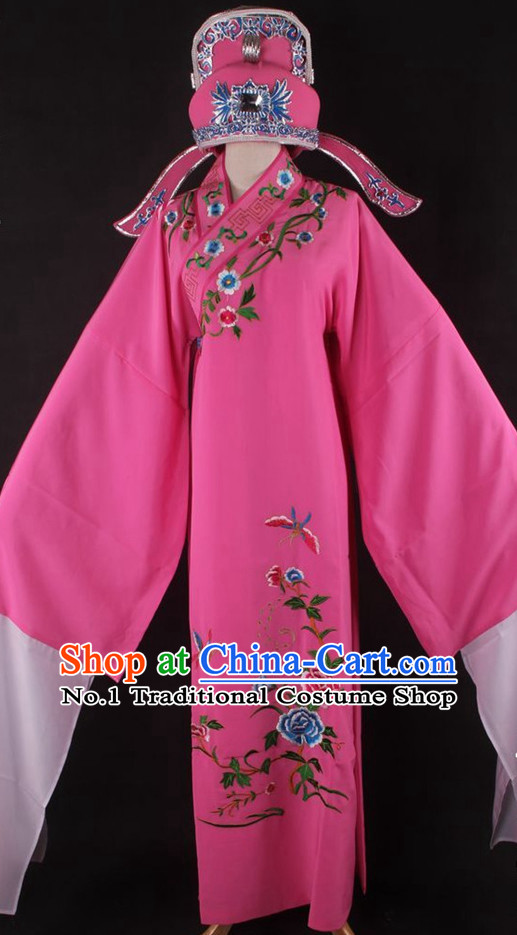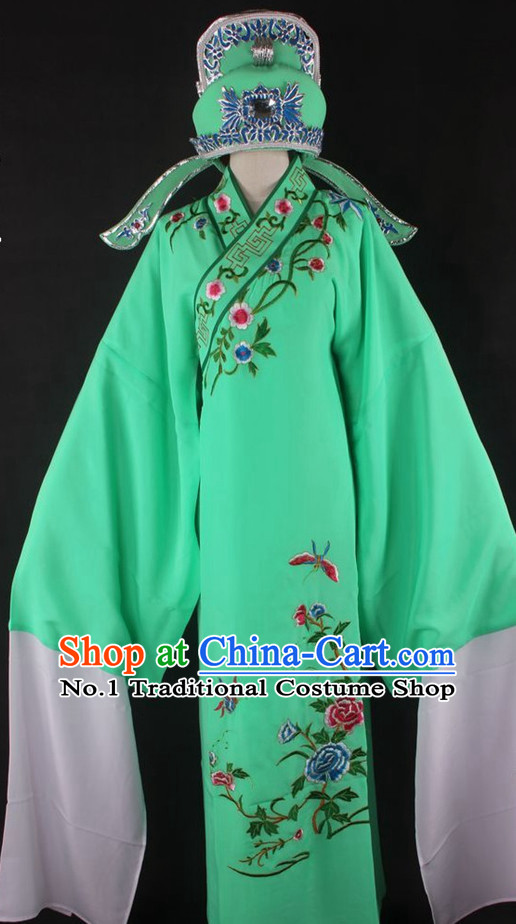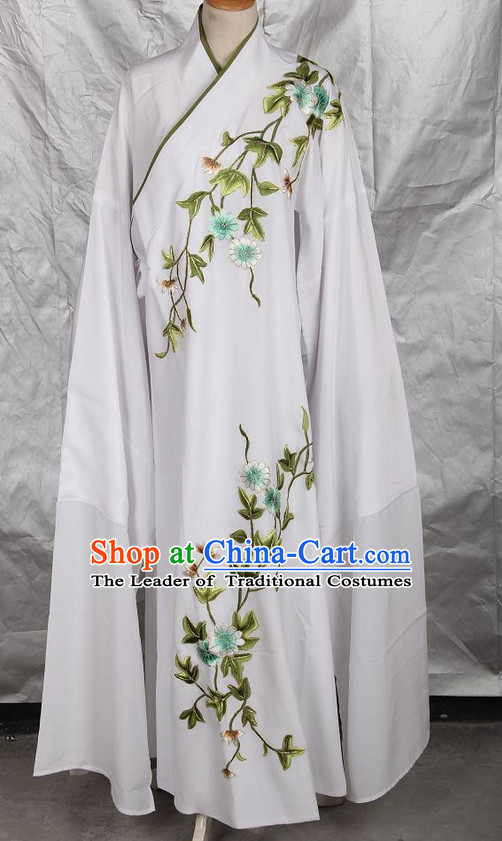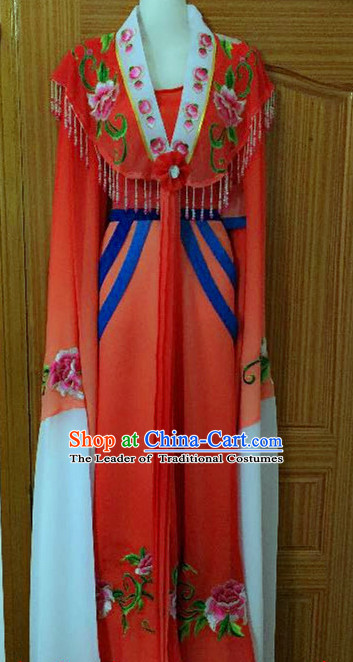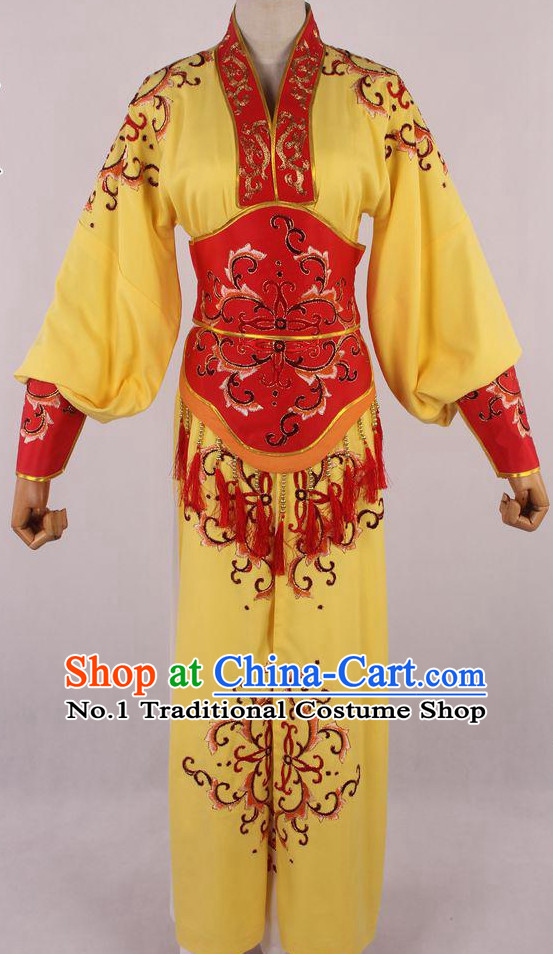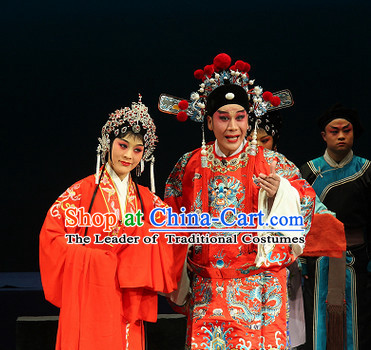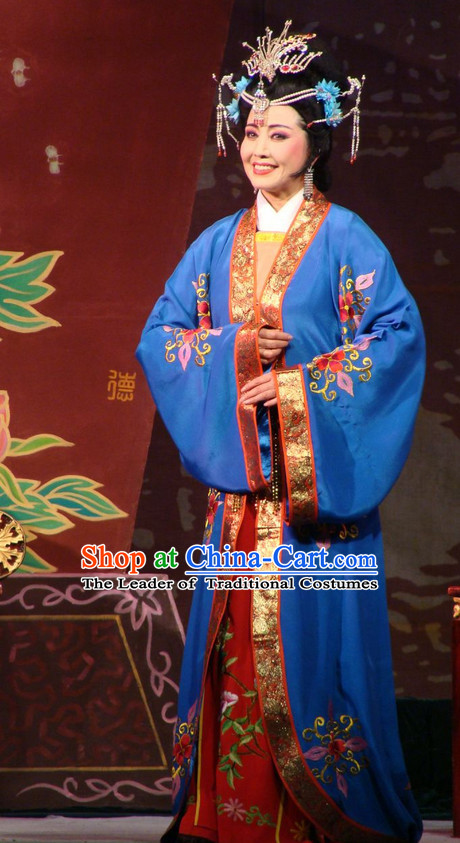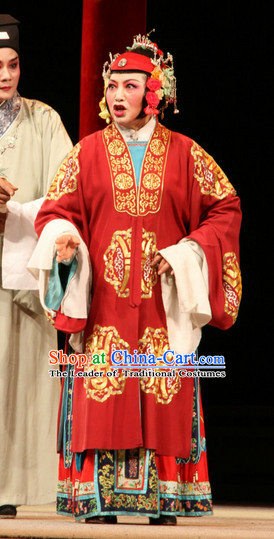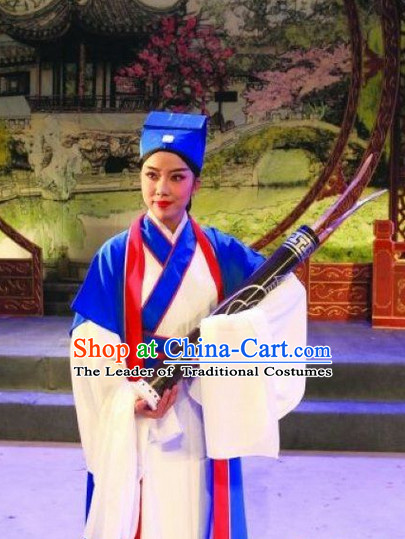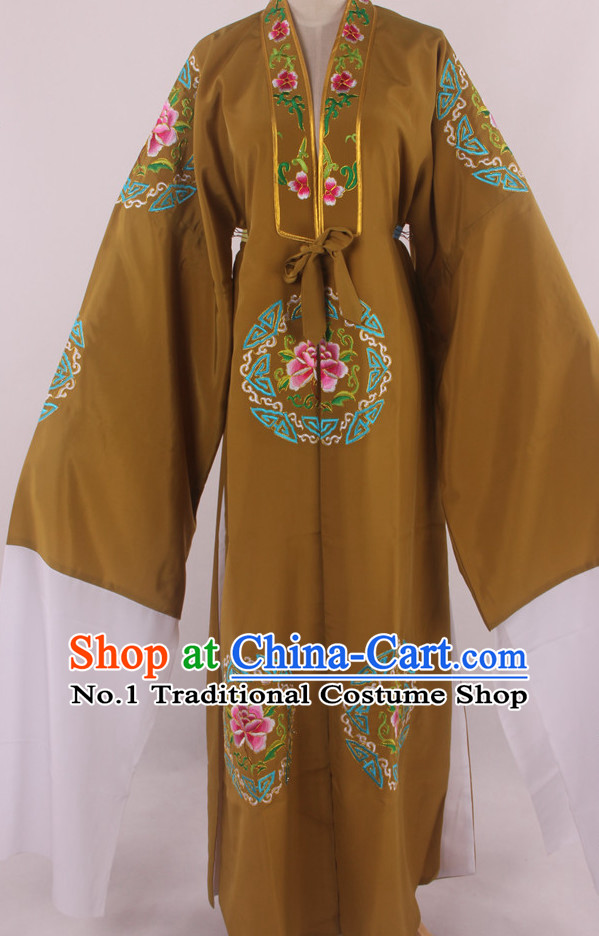
Click Related Pictures for More Audios:
Chinese Culture Chinese Opera Costumes
The intricate and ornate designs of Chinese opera costumes are a testament to the rich cultural heritage of China.
These costumes, which have been passed down through generations, are not only visually stunning but also hold significant historical and cultural meaning.
The elaborate embroidery, vibrant colors, and intricate patterns all serve as symbols of the country's artistic and cultural achievements.
One such example is the traditional Chinese opera costume known as the "Jingju" or Beijing Opera costume.
This costume is characterized by its bright colors, bold patterns, and intricate embroidery.
It is often worn by actors in performances of Beijing opera, a form of traditional Chinese theater that combines music, dance, and acrobatics with storytelling.
The Jingju costume is made from silk or other fine fabrics and is adorned with intricate designs and patterns.
The colors used in the costume are often bright and bold, representing different aspects of Chinese culture and history.
For example, red is often used to represent good luck and fortune, while yellow is associated with royalty and power.
In addition to their aesthetic appeal, these costumes also hold significant historical and cultural significance.
They were traditionally worn by performers in Beijing opera during the Qing dynasty (1644-1912), a time when China was ruled by emperors who valued art and culture.
The costumes were designed to reflect the values and beliefs of the ruling class, and they served as a symbol of their status and authority.
Today, these costumes continue to be an important part of Chinese culture and are often displayed in museums and exhibitions around the world.
They serve as a reminder of the rich artistic traditions of China and the importance of preserving cultural heritage for future generations.









































